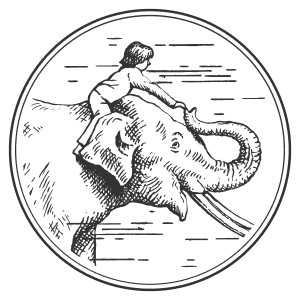/--/uploads/2024/02/Galina_MI4A1269-e1707924335515.jpg)
Asian Black Bear
The Asian Black Bear stands out with its characteristic black fur and the distinctive white band around its neck, adding a unique visual touch to this inhabitant of the forests of South Asia.
An excellent climber
/--/uploads/2024/02/PAT_8699-2.jpg)
/--/uploads/2024/02/Galina_MI4A1226-2-e1707925854395.jpg)
/--/uploads/2024/02/BEN_1813-e1708009180393.jpg)
/--/uploads/2024/02/Galina_MI4A1239-1-e1707925816272.jpg)
The Asian Black Bear is also known as the Collared Bear due to a white band on the chest, forming a distinctive “V” that strongly contrasts with its black fur.
Inhabiting the forests of mountainous areas (especially in the Himalayas), it lives at altitudes up to 3,000 meters in summer and descends to the valleys for hibernation. An adult male can measure nearly 2 meters and weigh 200 kg, with the female being smaller.
The Collared Bear is omnivorous: primarily vegetarian (nuts, fruits, roots), it also consumes insects (bees and their honey), small mammals and birds, and sometimes carrion, and occasionally, when hungry, domestic animals.
Thanks to its powerful front paws equipped with long claws, it is an excellent climber, scaling mountains and tall trees.
The species, which includes tens of thousands of individuals distributed over a large geographical area, is classified as “vulnerable” due to deforestation of its habitat, hunting, and captures, as it is still sometimes targeted for the extraction of bile used in traditional ‘medicines’.
Keyfacts about the Asian Black Bear
Average size
Average weight
Gestation period
/--/uploads/2024/02/MI4A2570-bewerkt-e1707924748607.jpg)
Identity Card
- Name: Asian Black Bear
- Nom latin : Ursus thibetanus
- Origine : Nord de l’Asie, de l’Iran au Japon, en passant par la Birmanie et la Chine
- Statut IUCN : Vulnérable
- Cites : Annexe I
Friends of The Asian Black Bear
These animals are living close to the Asian Black Bear in Pairi Daiza

/--/uploads/2023/12/app-store.png)
/--/uploads/2024/02/google-play.png)
/--/uploads/2025/02/SITE_Header-2048x1071_Mix-EN.jpg)

/--/uploads/2024/04/hero-world.jpg)
/--/uploads/2024/01/Large-JN-Morse-ProPhotoRVB-6-e1718622658676.jpg)
/--/uploads/2024/02/DSC03927-1-e1707826940724.jpg)
/--/uploads/2024/02/shutterstock_2410898887-3.jpg)
/--/uploads/2024/02/IH4A6026-1.jpg)
/--/uploads/2024/02/IMG_1026-2-e1707827155990.jpg)
/--/uploads/2024/02/DSC07402-2-e1707827429214.jpg)
/--/uploads/2024/02/app-store.png)